Why Are Physical Educational Toys Better for Young Children
These days, it seems like everywhere you go you see people with some sort of digital device. The trend is ever-growing, and taking root with children at an increasingly younger age. In previous generations, children did not have many options for digital entertainment other than a very short window of Saturday morning cartoons, or an occasional evening show watched as a family.
Now, children have almost endless options for digital entertainment, with television comprising a very small portion of their “screen time” options. Not only are televisions competing for our children’s attention, but also computers, video game systems, tablets and phones are available almost constantly for them to search the internet, watch videos, or play digital games. What ever happened to physical educational toys for kids?
Children also seem to love digital entertainment. They have a natural propensity for understanding the ins and outs of software and gaming programs that adults are lacking. Since they have been exposed to this sort of technology since birth, there is very little learning curve involved for them to master.
When you ask many children these days what their favorite game is, they answer with the name of a digital game. When you ask them what their favorite toy is, a good portion of children will answer with the name of their video gaming system.
Let’s face it. We are a digital world. But is all of this digital media really good for our children, and are digital games a substitute for physical educational toys for kids? There are some digital games out there that are educational, so that is one positive, but can children learn the same things from digital games and toys that they can from toys that they can actually touch and hold? The makers of these educational games often claim that children will learn more by using their toys, but are their claims really true?
The answer in a nutshell is no. Although there is a growing number of educational games in the electronic sector, they can never replace the experience of a child holding an actual toy, exploring how it works, and making discoveries not only about the toy, but also about how things world in the world at large.
Some of the electronic games that claim to be educational are better than others, but they still expose children to a limited universe created by programmers who may or may not understand how children learn and think. This brings us to the first reason that digital games are not nearly so good as physical learning toys for kids, even if they are considered to be educational.
Digital toys are limiting where physical toys are limitless
A digital game limits the player to a world imagined by a programmer. Even games which claim to be educational have limits. The real goal of a digital activity is to get the highest score possible which drives the game.
With real physical toys, a child is limited only by their own imaginations and creativity. In an electronic game, a child can only play what has been created for them by programmers. Creativity is stifled through the constant use of digital educational toys. They can only respond to a pre-produced set of experiences with limited options.
A child’s choices are limited when it comes to electronic play. When playing with traditional toys, a child can play alone, with a friend, or with an adult. They can use the toy for purposes other than what the original intent was. They can play with the toy in one way, and then change mid-course to do something else with it. None of these scenarios are options when it comes to play with electronic educational games.
Electronic learning games and toys stifle vocabulary and oral language development
Oral language development is one of the best predictors of reading success, according to many early childhood literacy experts. One of the best ways to develop a rich oral language in young children is accomplished by regular conversation with their parents and other “language experts”.
When a child plays a physical educational game with their child, they are engaged in conversation norms like taking turns, asking and answering questions, looking at the speaker and appropriate sentence structure. They also learn proper grammar and higher level vocabulary through their interactions with others.
When a child is playing a digital game they are only learning vocabulary contained within the game, even if it is an educational game or activity. Most of the language is very simple or game specific, and is not language that will be used in real conversations in the real world. Again, children are stifled and limited by the constant use of these electronic games.
Social interactions are not created through the use of electronic learning games and toys
One of the best ways for children to learn social skills like taking turns and sharing is by playing with others. When playing games, they learn patience when they have to wait to take their turn. They learn to get along with others when they must share materials and learn about appropriate interactions. Play is imperative to a child’s social development, and these skills are simply not present when playing electronic learning games.
When playing with others, children learn to read social cues from others and experience others’ points of view. Most video games are isolated experiences; giving children limited opportunities to practice these all important skills. Even games that are designed for play by more than one player do not promote actual interaction between players, but instead focus on competition. There are very little opportunities for working cooperatively, like there are with physical toys and the opportunities for learning about the art of negotiation is nil.
Fine and gross motor skills are not challenged
Fine and gross motor development occurs during young childhood and is achieved in many ways. Like anything else practice makes perfect, and the way that young children practice is through play.
When a child is playing with toys that have small pieces, drawing or cutting, their fine motor skills become more finely developed. This will not only help them later as they begin to write, but throughout their lives.
When they are playing activities that require running, jumping, kicking and climbing, their gross motor skills are becoming more developed. Again, this will help them throughout their lives.
The child who spends the majority of their time playing electronic games will not achieve any of these benefits, and the best a parent can hope for is improved hand-eye coordination. These children often struggle with pencil grip, and find writing to be laborious because they have not developed the muscle control they need for this skill.
Shortened Attention Spans
Digital learning games are engaging. No one can argue with that. The problem however is that they can be almost too engaging. Children are learning to expect immediate rewards, complete with bells, whistles, and other electronic stimulus.
The nature of a video game, even an educational one, is to move quickly and provide frequent rewards so that children continue to want to play. Many times, children who spend a great deal of time with electronic devices have a difficult time paying attention to everyday activities. They may struggle both at home and at school with attention related issues because of the immediate reward nature they are used to.
One of the beauties of childhood and of adulthood too for that matter, is the intrinsic reward we feel when we learn something new or do something well. When children play with physical educational toys they feel pride in their accomplishment when they master a task. Their self-confidence becomes stronger because they realize that they are capable. These same emotions are not replicated through the use of electronic games.
Digital Learning Games do not allow for individual differences
It was mentioned earlier that children are limited by the vision of the programmer during electronic play. This same issue also limits allowance for individual differences during electronic play.
During play with physical educational toys for kids, children may use materials differently depending upon their individual differences. With electronic play, there is typically only one way to play a game. Not only is creativity stifled, but also there is very little allowance for individual differences.
Science has taught us that people learn in many different ways, and can have strengths and intelligences in multiple areas. An electronic game does not and cannot account for these individual strengths and talents. They usually appeal to one learning style, and are offer particularly little to learners whose best avenue for understanding is through a kinesthetic approach.
Physical fitness is negatively impacted by digital learning games
Almost everyone on the planet has heard about the studies involving childhood obesity. It is an epidemic and continues to rise constantly. There are several factors contributing to this phenomenon, but one of the most important ones is the amount of time that children now spend sitting instead of moving around.
In an age where schools have been forced to cut physical fitness programs, and recess and outdoor play time has become restricted, play at home becomes increasingly important. When children are playing with physical educational toys, they are moving around a great deal more than if they are playing with a digital educational toy. Most digital toys are completely sedentary and offer very little chance for movement. When children are playing with hands-on toys, they are much more physically active. Even if they are playing a board game, they are still moving their bodies to a much greater degree than they are if they are playing a counting game on a laptop or tablet.
Physical educational toys for kids Are less expensive: Technology is expensive. Even educational video games cost a lot money, and in most instances, children tire of them after a short time. Technology changes at the speed of light and as soon as you buy something, it is basically outdated. Some of the most beloved toys have been around for generations, and are very inexpensive. Balls, crayons, blocks and clay will provide your child with many years’ worth of learning and entertainment and will not cost an exurbanite amount of money.
Electronic games and equipment can cost parents a great deal of money, and are quickly discarded in favor of the newest and latest technology on the market. Since these games and activities are not open ended, there is little opportunity for them to grow with your child.
The best toys focus on what the child can do versus what the toy can do
Experts in early childhood development offer this advice about selecting toys for your child: Look for a toy that focuses not on what it can do, but on what the child can do. In other words, select open ended toys with few rules, allowing the child to express their creative sides, using ingenuity and problem solving skills to create their own fun and learning.
This most certainly sounds like sound advice, and yet we spend a great deal of money on toys that “do” for the child.
Most Importantly: Physical Educational Toys Consider a Child’s Whole Being
A good educational toy challenges a child in many ways. Their mental, physical, social and emotional beings are all affected in ways that cannot be met by an electronic toy. A good educational toy allows a child to explore, discover and learn in a multitude of ways.
So, there you have it. There are a multitude of reasons that physical educational toys are better for children than digital educational toys. While we most certainly want our children to understand technology, and become globally aware, when it comes to their play, it is imperative that parents not ignore physical toys in favor of electronic ones. When it comes to learning, especially for our youngest children, play based learning has proven to be the best approach for them and the best way to accomplish this is not through electronic learning games.

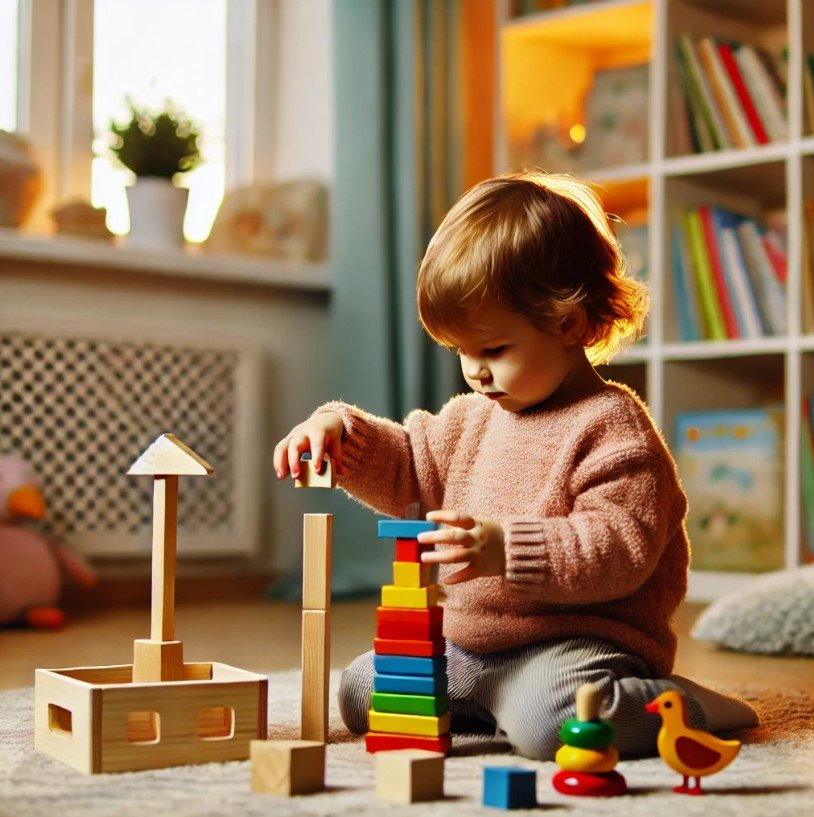

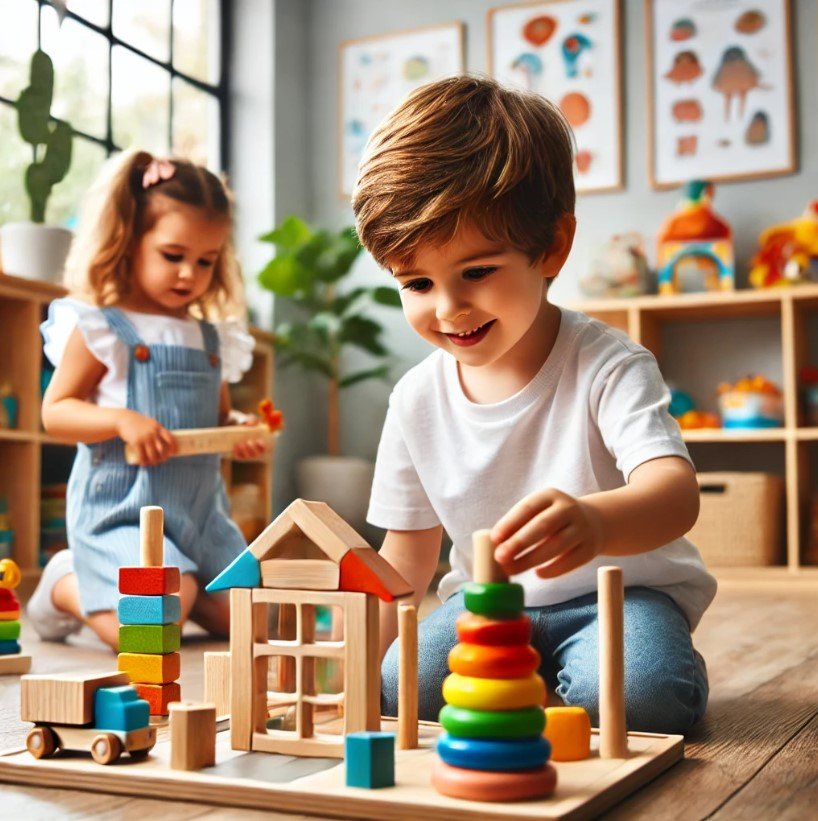
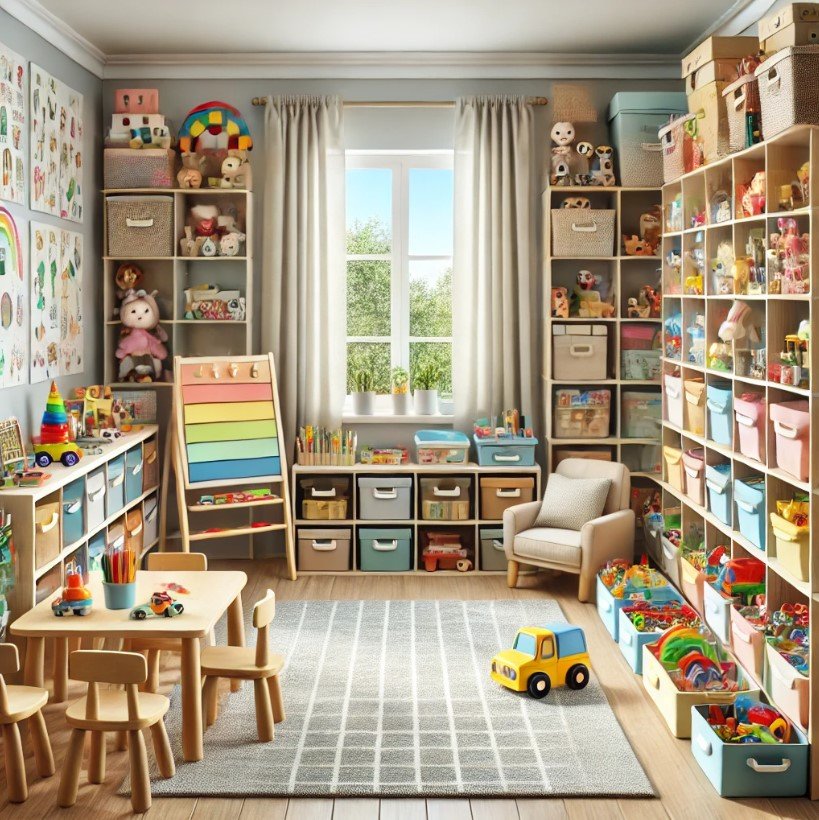
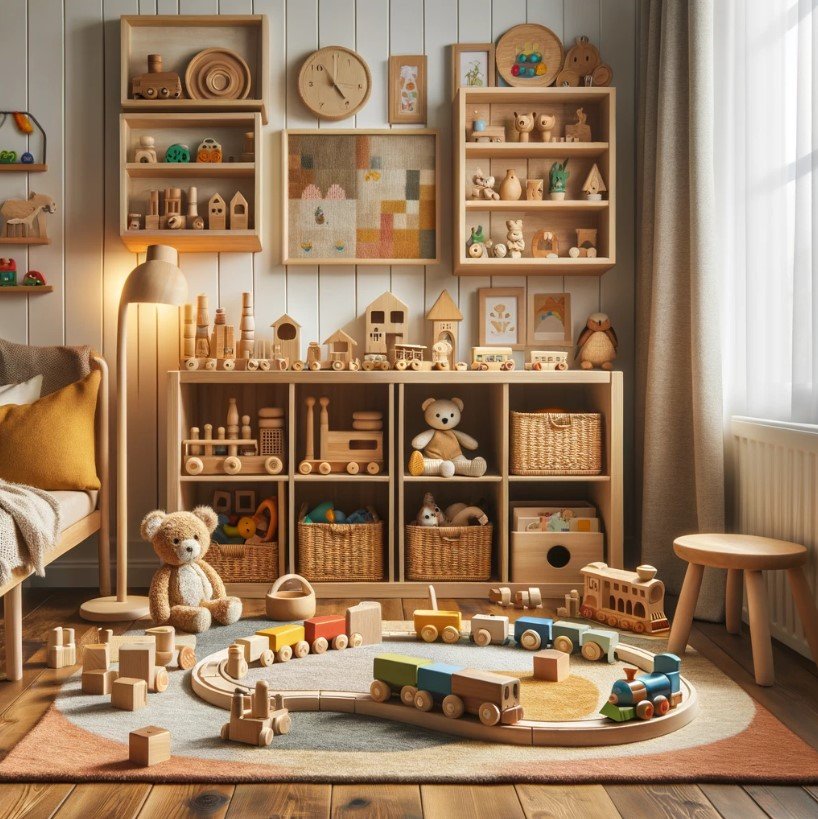

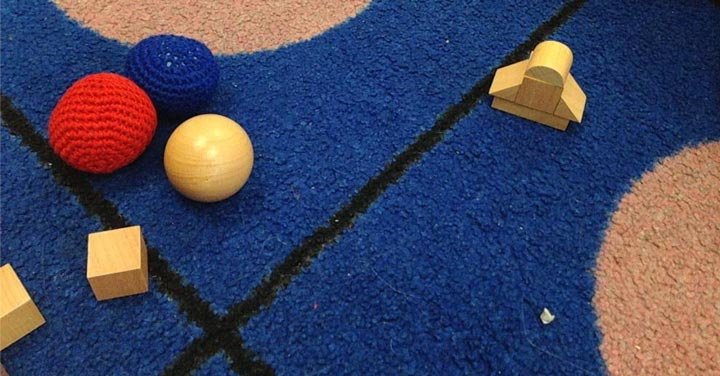
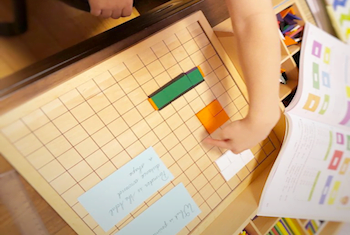
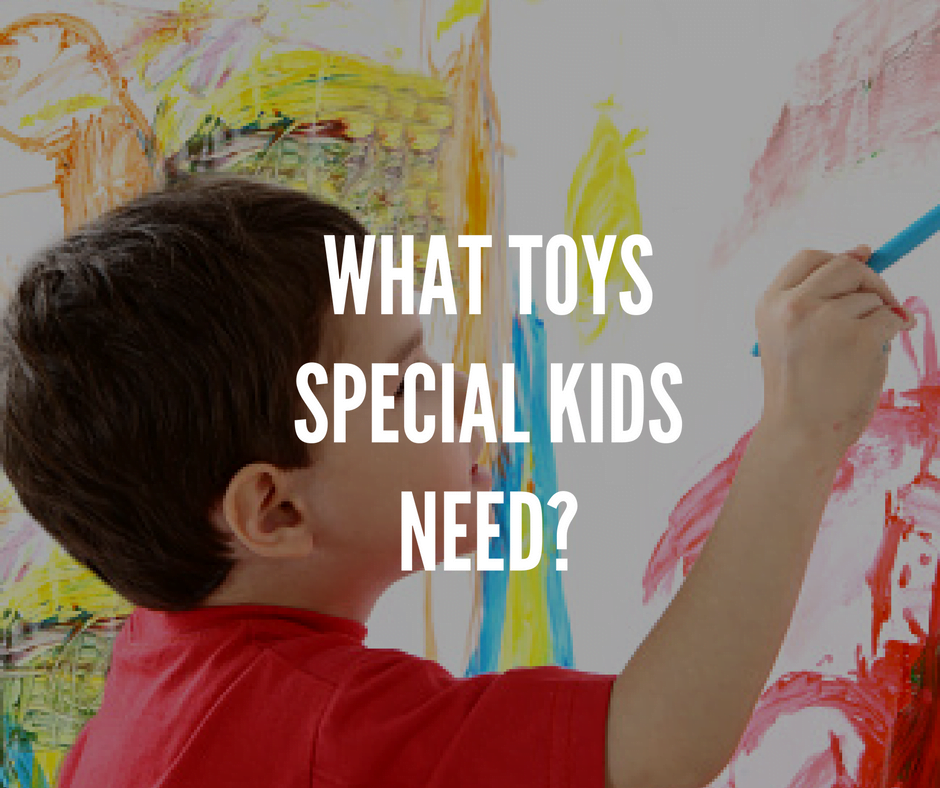
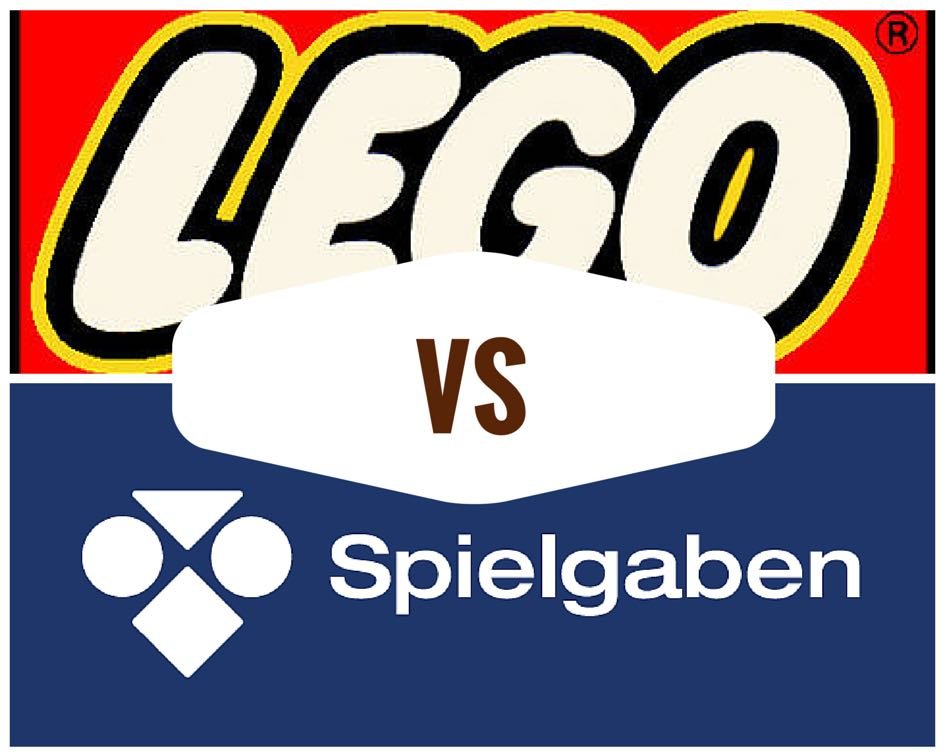


LEAVE A COMMENT